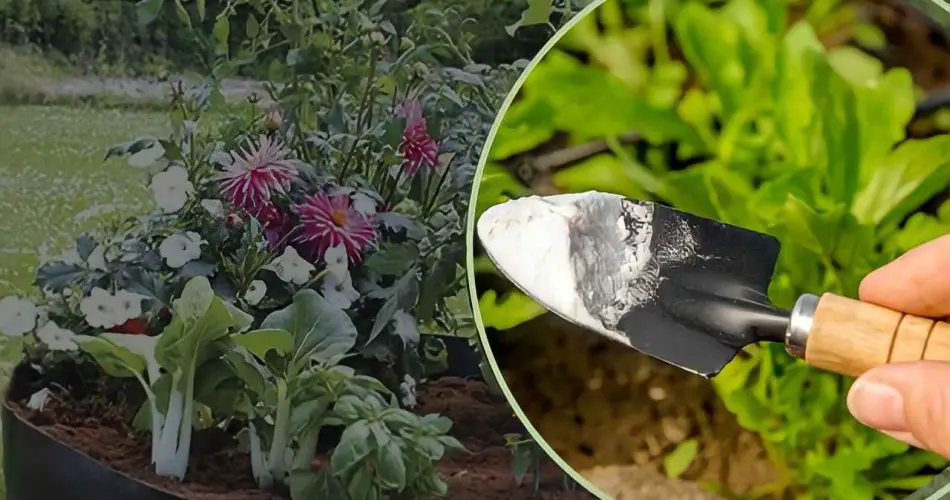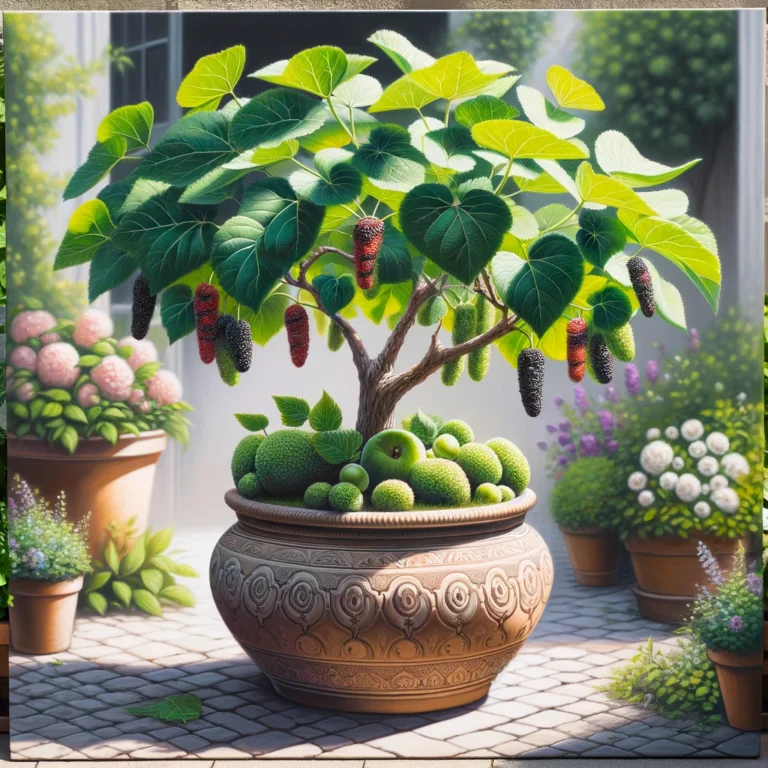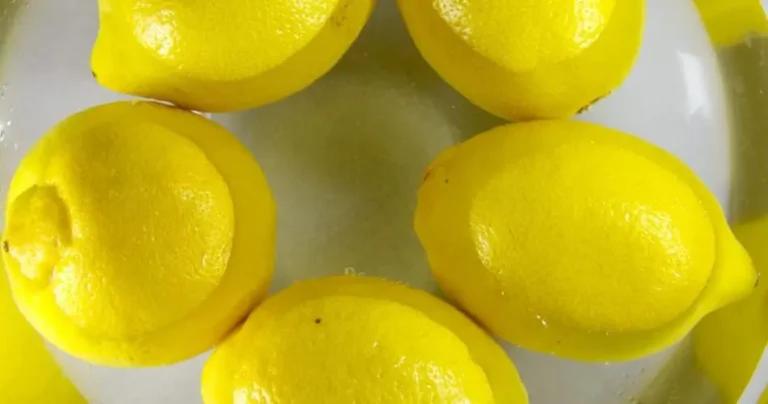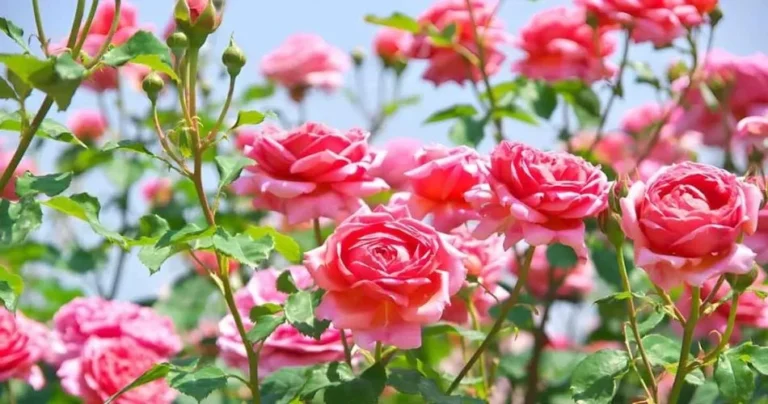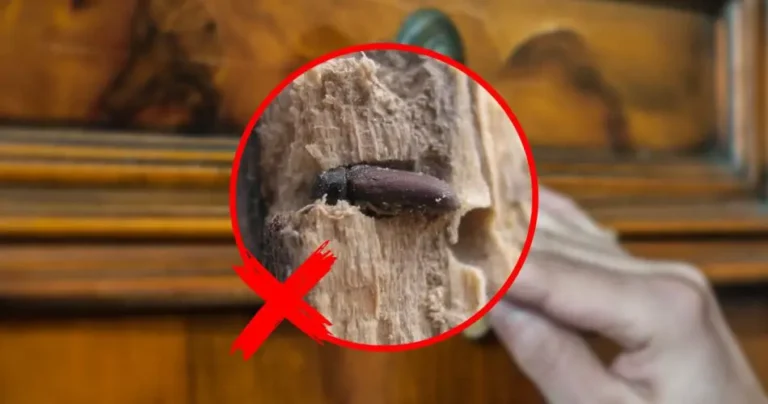Baking soda, spread on plants: natural repellent | More lush plants in 24 hours
Baking soda has a thousand uses and can also be used in the garden. Not only in plants, but also in accessories and insects.
Baking soda is never missing in a kitchen, both to use it as a detergent and disinfectant and also to use it in case of a lack of yeast when making cakes. In fact, this ingredient is also often used to carry out household chores, but not everyone knows that baking soda can also be used in the garden with plants.
Baking soda is a natural ingredient and has multiple uses. It can be used for beauty purposes added to shampoo or as a facial cleanser, or it can be used in household tasks from cleaning floors, joints, washing machines and dishwashers. But it can also be used in the garden and helps keep insects away, but not only because it also helps clean old terracotta pots.
Baking soda in the garden: works wonders
If you have plants infested with aphids, baking soda is excellent and you only need to take a liter of water and dissolve a tablespoon of baking soda in it. Place this mixture obtained on the ground and then repeat the operation after two weeks. However, you must be very careful not to wet the leaves or roots with the mixture containing baking soda.
Baking soda is also excellent to use against annoying weeds that emerge between the tiles of the garden or driveway . It is necessary to take a large spoonful of baking soda and pour it over the plants that emerge. In a few days these will disappear.
In addition, baking soda also acts against ants. Simply prepare a powder composed of sugar and baking soda and place it in the areas where these are present. Sugar attracts them while baking soda causes death since it is toxic to them.
Baking soda can also be used to remove stains from stained or aged terra cotta pots. Simply create a paste made of citric acid, baking soda, and cornstarch. Also add a little water and pass the paste obtained over the vase with a cloth, scraping the surface of the vase. You will have vases like new.
Finally it can be used as an anti-mold on the leaves of plants covered with mold. Simply create a water and baking soda solution and transfer the mixture to a spray bottle to better spray it on the leaves. It is important not to overdo it so as not to attack the plant too much.
